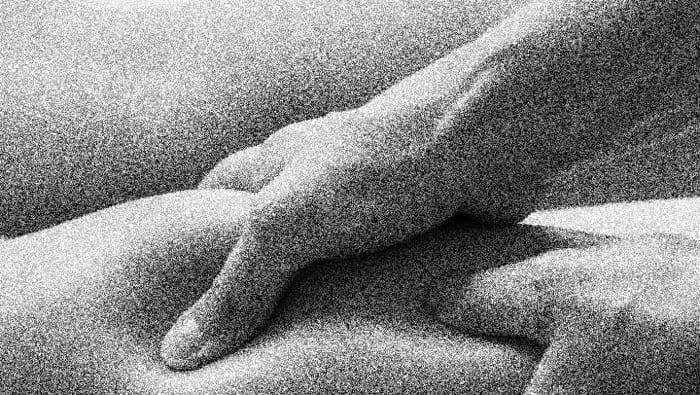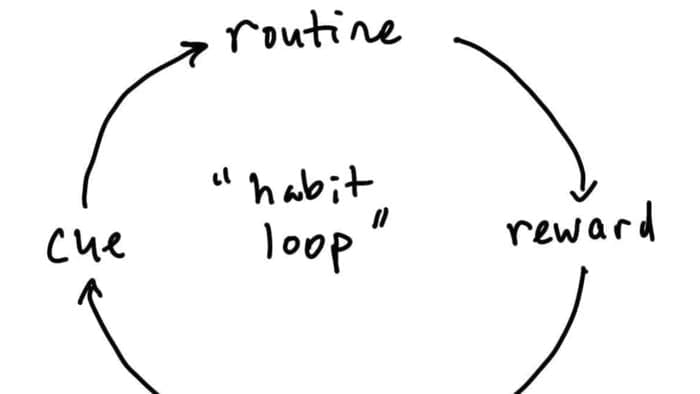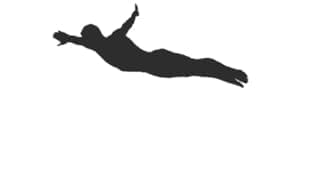Sore habits? Let’s get the kinks out and let those trigger points work for you instead of against you.

Some of your habits suck.
The trouble is, you don’t even see them. Your bad habits have become so ingrained into your day that you don’t have enough critical distance to evaluate how badly they are ruining your life. You just keep doing them out of routine.
You get home and flop into the same old routine. Whether it’s weed, or a phone addiction, or something else you regularly do that is clouding your relationship with your partner and other significant people in your life, your bad habits are a result of triggers.
It’s automatic.
You reach for the phone. And even as you do, you think: “This isn’t that great for me. I should change this habit.” But you don’t. Why? Triggers.
What are triggers?
A trigger is one thing connected to something else. For example: when you smell turkey, you automatically think: Thanksgiving. Or when you hear song birds, you immediately think: spring.
The thing is, triggers connect some of the things you don’t want to do with things you do all the time. Like when you walk through your back door at the end of a long day, and end up eating junk food.
In this example, the trigger is: walk through the back door. This trigger is automatically connected with “eat junk food,” the bad habit you’re trying to change.
Think about it.
The Trigger Loop, sometimes called the Habit Loop, goes something like this:

It starts with a cue, (also called a trigger). From our example above, in which you walk through the back door after work, follow a routine and then head for the junk food, the Trigger Loop works something like this:
- Walk through the back door
- Set down your backpack/feed the dog
- Eat junk food.
In this case, the trigger is “walk through the back door,” which automatically leads to a routine: “Set down your backpack/feed the dog,” which leads to “eat junk food.”
Change the trigger.
This may sound silly, but you can change a bad habit by changing the beginning of the loop. The problem with triggers is that they create an automatic sequence. (Walk through the back door, set down your backpack…). To interrupt the sequence, change the trigger.
For example:
Walk through the front door instead of the back door.
The power of changing the trigger is that when you interrupt the automatic loop, you may actually think about what you’re doing, and then have a better chance of getting out of the automatic loop.
Key Point:
Want to change a bad habit? Try changing the trigger.
Read more.
More like this?
I can help you change a bad habit by recognizing and changing the automatic loop that got you there.
And you have a couple of options for your next step. You could contact me and describe what you’re going through. And I’ll be in touch with suggestions. Or you can book a free session to make a time to get together and talk it over in person. Either way, I’m here to help you focus, overcome resistance, and get moving again.
